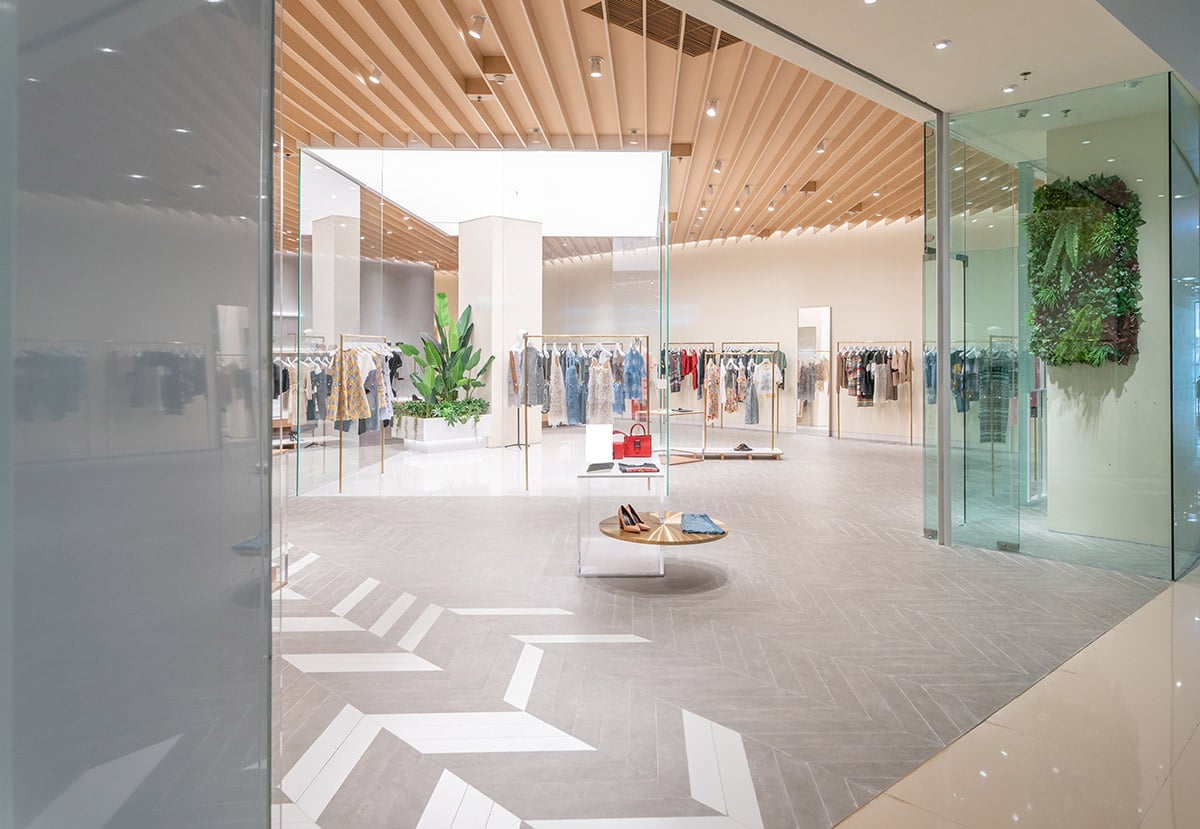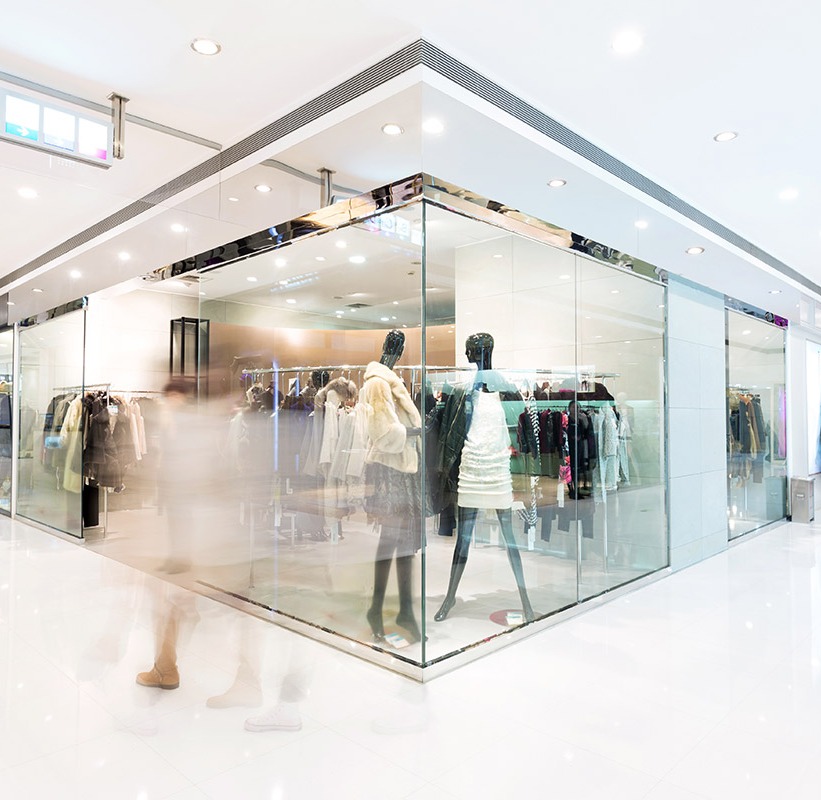Facilities Management for Commercial Buildings & Shopping Malls

Commercial buildings, from offices to shopping malls, are undergoing a series of overlapping transitions. The technology that powers them has been changing gradually over the last generation. Tenant and user expectations had also been shifting gradually—and then very suddenly.
The pandemic has changed the way people expect to interact with commercial buildings, and the industry expects these changes to be in place for years to come. Tenants will have different demands and require more carefully controlled management of energy, safety, and environmental systems. To meet these expectations while remaining economically viable, facilities management in commercial buildings must capitalize on cutting-edge technologies.
Why Data-Driven Facilities Management in Commercial Buildings is Needed
Even before the pandemic, commercial building use was changing. From e-commerce to a growing push for remote work capacities, building owners and managers were facing a challenging set of demands.
This has been greatly exacerbated by the health and economic conditions of 2020. Lower occupancy rates, changing occupancy patterns, air quality concerns and space management, just to name a few have been cause for owners and operators to re-evaluate just about everything. Facilities management in commercial buildings and shopping malls today is now often driven by two questions: how do we make our buildings safe? and how do we remain profitable?
To answer these questions, all aspects of how commercial buildings and shopping malls are used now and in the future need to be examined to uncover opportunities for improvement. These may include:
Reduced Energy Use
Reducing energy use has been an ongoing goal in many commercial buildings, but it is now taking on new importance. Some of the most significant benefits of saving energy include:
- Lower bills mean happier tenants. As many businesses look to minimize expenses in an uncertain economic environment, buildings that can offer lower utility bills become more appealing.
- Sustainability sells. Businesses want to attract a new generation of talent, and many in the generations that are beginning to enter the workforce now care about sustainability more than their predecessors. Indeed, a 2019 survey showed that nearly ¾ of millennial workers would take a pay cut to work at a company that cared about its ecological footprint. Especially now, when more flexible work opportunities put power in the hands of high-value employees, offering an eco-friendly environment that aligns with employee values can help businesses attract the best.
- Increasing cost-efficiency and reducing uncertainty. No one knows what the next few years will bring on a macro or a micro level. Reducing energy costs help you ride out those periods of uncertainty.
Improving energy efficiency can be invaluable, but it isn’t always easy—especially in malls or large buildings with multiple tenants. Understanding how energy is being used in your building and discovering ways to optimize energy efficiency are important first steps to realizing meaningful savings.
Tenant-Friendly Applications
Smart, green, user-friendly spaces are how modern commercial buildings draw in high-value tenants. That means offering amenities you may not have considered before - things like tenant-facing apps that let occupants book shared spaces directly from their phone, or access to a building management dashboard that allows them to see the air quality of their office, or even control the equipment that serves their desk. To ensure these technologies create a seamless user experience, system-wide integration is essential.
Improved Air Quality
There’s no question that air quality is going to be a dominant issue as people head back to the office and into other commercial spaces, like shopping malls and retail environments. Improved ventilation, occupancy sensors, and optimized HVAC systems will all have to work together to ensure safety. Buildings that help protect the health, and even lives, of occupants can attract more people into your space, whether they’re workers or shoppers.
This is particularly important in shopping malls, which have historically had tighter margins that haven’t left a lot of room for cutting-edge technologies. And it’s been even harder lately, as e-commerce continues to leave malls looking for new kinds of tenants. The constant state of flux in which shopping malls and other commercial real estate have found themselves through the past five years has left little room for non-essential maintenance and upgrades. But improving air quality can help people feel safe returning to malls and reinvigorate commercial properties. That means all air quality-related systems must work together efficiently and cost-effectively.

Case Study: Shopping Malls and Peak Demand Reduction
The Woodlands Mall in Houston is a prime example of what is possible when the right technologies drive facilities management in commercial buildings.
The mall, owned by Brookfield Properties Retail (BPR), was a prime candidate for a peak demand reduction pilot program, part of a large-scale effort undertaken by BPR to reduce energy use without sacrificing comfort. This meant minimizing energy consumption in heavily-used areas during the utility company’s predetermined peak hours. This was challenging, as analytics had not been installed prior to the program.
Pairing an analytics platform with the mall’s HVAC system allowed stakeholders to fully understand energy use and patterns within the building. Buildings IOT then developed a peak demand reduction test system, which required an initial analysis of utility billing data to understand the demand charges for common areas. With these insights, the demand management strategy could be finalized.
This strategy allowed reduced monthly energy consumption by 5,000kWh. Implementing peak demand prediction and pre-cooling algorithms led to a 30% additional cost savings. As a result of this success, Brookfield Properties has expanded the peak demand reduction program to properties across its portfolio, helping these malls thrive.
The Best Facilities Management Partner for Commercial Buildings and Shopping Malls
While office buildings, retail centers, and shopping malls have different pressures and challenges, they all need the same thing: lower costs and consistent tenants. Future-focused, analytics-based facilities management helps you achieve both.
An intelligent analytics platform, like onPoint, offers:
Performance tracking. It’s crucial to collect and organize data from all parts of a building’s network to evaluate and address energy consumption, occupant use patterns, and building performance over time.
Advanced Fault Detection and Diagnosis. Prioritized alarms triggered by custom setpoints and intelligent insights can be used to quickly address malfunctions, improve maintenance, and allow for better automation.
Single-pane-of-glass control. Creating smart buildings requires drawing on a variety of equipment, sensors, and devices. A platform that can collect, organize, and analyze data from all parts of the system and present that information visually via a user-friendly dashboard ensures all stakeholders have what they need.
When onPoint is added to your tech stack by a master systems integrator who understands the needs and challenges of facilities management in commercial buildings, you can realize your goals faster and more fully. These experts have the knowledge and tools to architect advanced systems and deploy innovative technologies in both new builds and across legacy systems using open protocols to ensure compatibility and scalability. They can also integrate platforms like BuiltSpace, which is specifically designed for tracking cleaning and sanitation-related tasks to promote healthier indoor environments.
That’s vital for commercial buildings competing in a changing world. It’s not just a matter of turning off lights. True energy efficiency and smart facilities management mean gaining a comprehensive understanding of how your systems work together and having the data you need to create actionable plans. Having a partner who can help you integrate, analyze, and plan makes the future a lot more certain.

